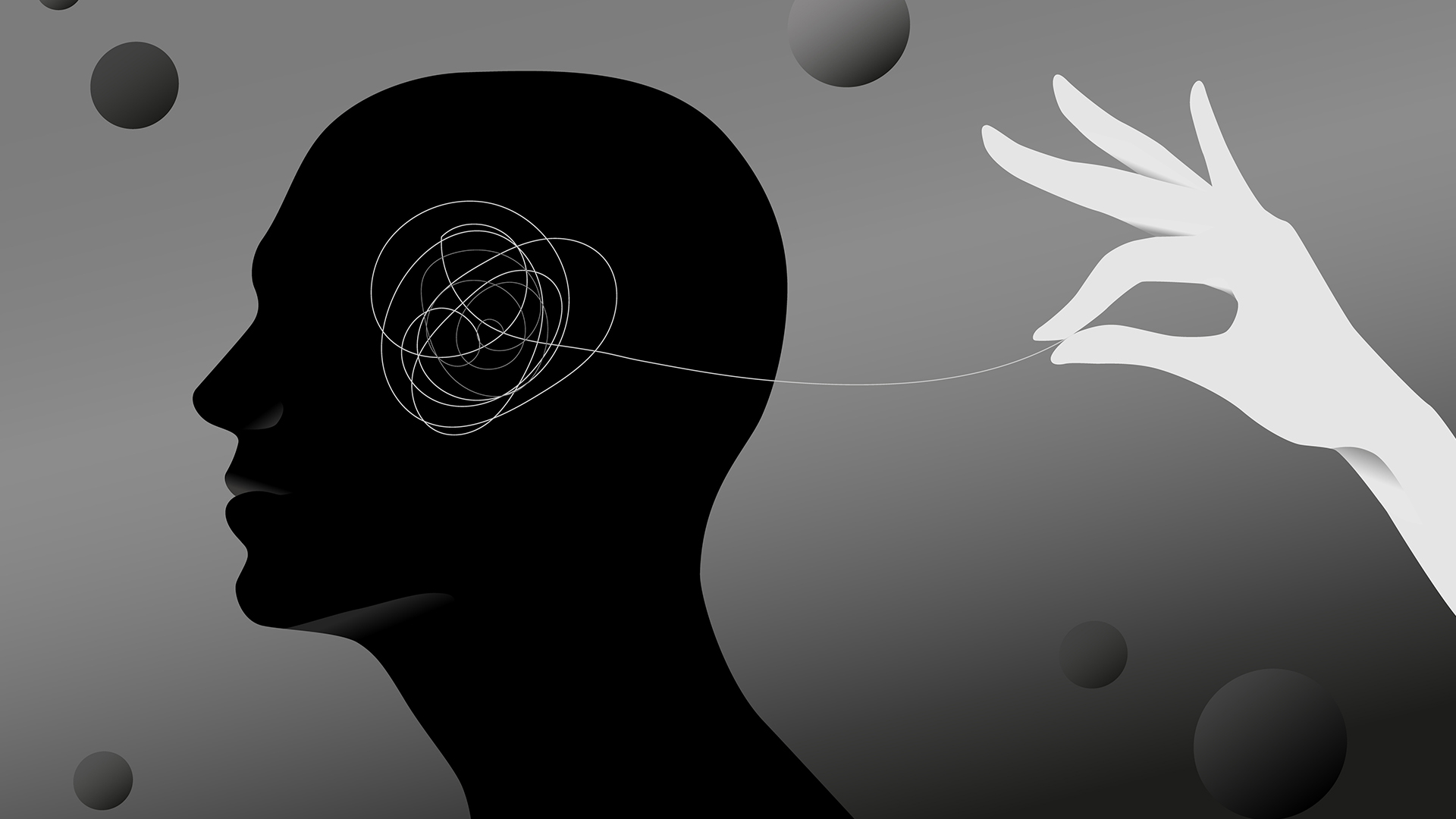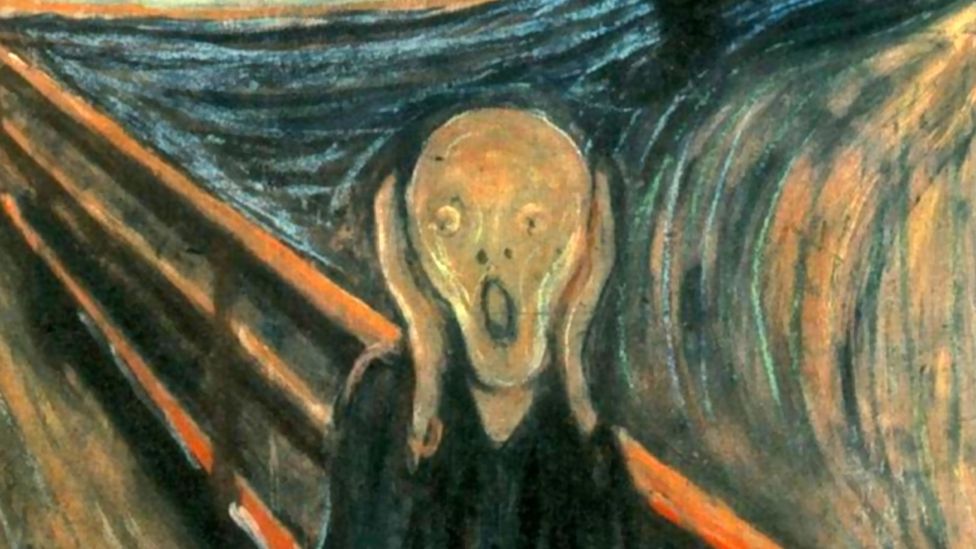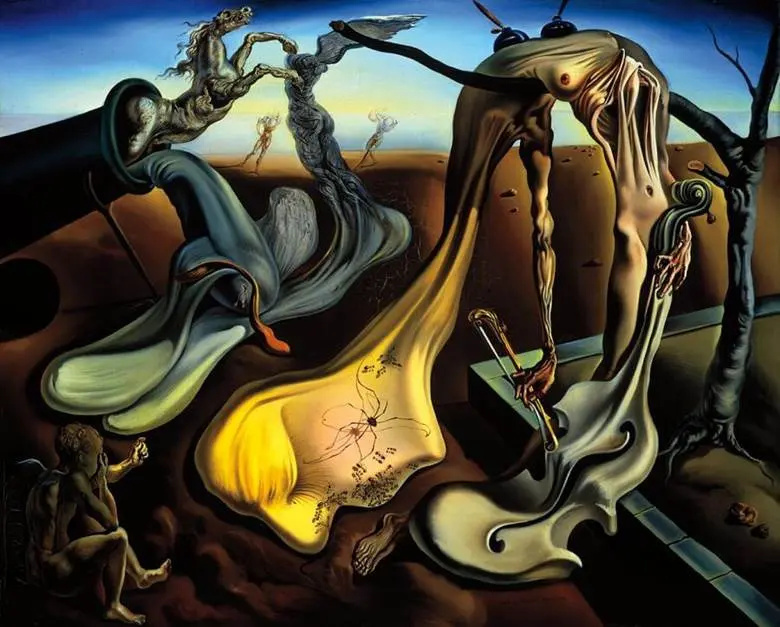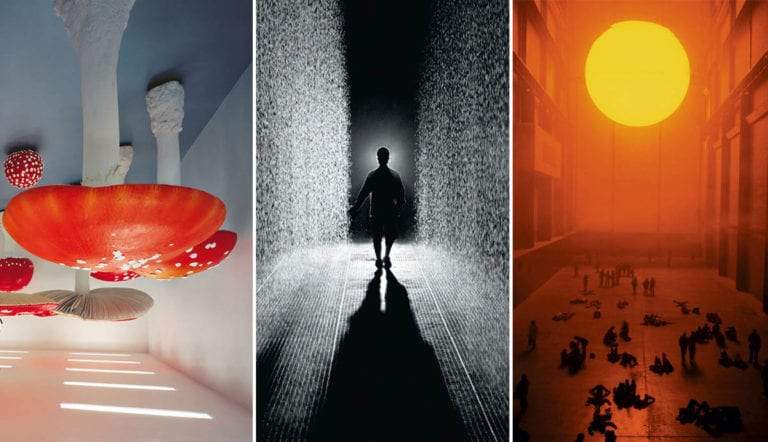The Aesthetics of Truth: Art and Philosophical Realism
Introduction:
Art has always held a profound ability to evoke emotions, challenge perceptions, and reveal profound truths about the human experience. When art intersects with philosophy, a captivating exploration ensues. In this blog post, we delve into the intriguing connection between aesthetics and philosophical realism in art. By examining how art expresses philosophical truths and how philosophical concepts shape artistic representations, we embark on a journey of understanding and appreciation for the profound interplay between these two realms.
I. Understanding Aesthetics and Philosophical Realism
Aesthetics, in the realm of art, pertains to the study of beauty and the appreciation of artistic forms. It explores the visual elements, composition, and emotional impact of art. According to the Stanford Encyclopedia of Philosophy, aesthetics encompasses various philosophical theories and discussions on the nature of beauty, artistic expression, and the role of art in society (source: Stanford Encyclopedia of Philosophy). On the other hand, philosophical realism is rooted in the pursuit of objective truth and reality. It seeks to understand the world as it is, beyond subjective interpretations. As explained by philosopher Hilary Putnam, philosophical realism asserts that there is a mind-independent reality that exists independently of our perceptions (source: Putnam, H. (1981). Reason, Truth, and History. Cambridge University Press). The relationship between aesthetics and philosophical realism lies in their mutual pursuit of uncovering deeper truths through different lenses.
II. Art as a Medium for Expressing Philosophical Truths
Art possesses the unique ability to communicate profound philosophical truths. Through carefully crafted symbols, compositions, and visual narratives, artists can convey complex concepts and evoke deep emotions. Examples abound, such as Edvard Munch's "The Scream," which captures the existential angst of the human condition. This iconic artwork explores themes of anxiety, alienation, and the fleeting nature of existence. By analyzing the artistic elements at play, including symbolism and composition, we gain insights into how art becomes a medium for expressing philosophical truths.
Moreover, Friedrich Nietzsche, a prominent philosopher, emphasized the significance of art as a means of expressing profound truths and challenging conventional wisdom. He argued that art can reveal fundamental aspects of human existence that are not easily captured through rational discourse alone (source: Nietzsche, F. (1872). The Birth of Tragedy).
III. Influence of Philosophical Concepts on Artistic Representations
Philosophical concepts have a significant influence on artistic representations. Ideas such as existentialism, moral relativism, or metaphysics shape artists' interpretations and creative processes. Renowned artists throughout history, like Frida Kahlo and Salvador Dalí, engaged with philosophical ideas and infused them into their artworks. Frida Kahlo's self-portraits, for instance, explore themes of identity, gender, and the human experience. Through her art, she conveyed her struggles and emotions, reflecting philosophical notions of personal authenticity and self-discovery. Salvador Dalí, known for his surrealist paintings, tapped into the realm of the subconscious, drawing inspiration from Sigmund Freud's psychoanalytic theories. His works challenge traditional notions of reality and invite viewers to question the nature of perception and existence.
By exploring specific philosophical frameworks, we uncover how these concepts serve as a guiding force for artists, shaping their interpretations of the world. The philosophical movement of phenomenology, pioneered by Edmund Husserl, has influenced artists in capturing subjective experiences and the lived reality through their works. Contemporary artist Marina Abramović, known for her performance art, explores themes of presence, vulnerability, and the boundaries of the human body. Drawing upon phenomenological ideas, she pushes the limits of art as a medium for exploring philosophical inquiries into human consciousness and existence.
IV. Examining the Intersection: Aesthetics and Philosophical Realism in Art
The relationship between aesthetics and philosophical realism is nuanced. While aesthetics often emphasizes subjective beauty, it can align with and challenge philosophical realism. Some artworks embody both aesthetic beauty and philosophical realism, skillfully merging the realms of visual pleasure and profound truths. An excellent example is Leonardo da Vinci's "Mona Lisa," an artwork renowned for its aesthetic appeal and enigmatic portrayal. Through the subtle nuances of her expression, da Vinci captures the complexity of human emotion, inviting contemplation and reflection. This masterpiece exemplifies the intricate interplay between aesthetic beauty and the exploration of philosophical truths.
In the realm of contemporary art, installations and mixed media artworks often blur the boundaries between aesthetics and philosophical realism. Artists like Olafur Eliasson, known for his immersive installations, create experiences that engage viewers in philosophical inquiries about perception, nature, and the environment. These thought-provoking installations challenge our understanding of reality and aesthetics, sparking conversations about the relationship between art, philosophy, and our place in the world.
V. Impact and Significance of Artistic Expressions of Philosophical Realism
Artistic expressions of philosophical realism hold immense power and significance. They inspire contemplation, introspection, and philosophical inquiry. Art encourages viewers to question their own beliefs, confront existential dilemmas, and engage in profound discourse. The emotional and intellectual impact of art creates a unique space for individuals to connect with philosophical truths on a visceral level.
Artists have long been catalysts for philosophical discourse and societal transformation. They challenge conventional wisdom, shed light on unexplored truths, and provoke dialogue about the complexities of the human condition. Artistic expressions of philosophical realism have the potential to ignite social change, fostering empathy, and encouraging individuals to critically examine their perspectives and values.
VI. Conclusion: Embracing the Profound Connection between Art and Philosophy
In conclusion, the interplay between aesthetics and philosophical realism in art unravels a world of beauty, truth, and introspection. Art serves as a vehicle for expressing profound philosophical truths, while philosophical concepts provide the framework through which artists shape their representations. The journey through art and philosophy invites us to appreciate the depth of human experiences and challenges us to question our assumptions about reality and truth.
Let us embrace the power of art to convey profound truths and engage with philosophical concepts, inviting us to embark on our own journey of exploration and self-discovery. By immersing ourselves in the realm of aesthetics and philosophical realism, we open ourselves to new perspectives and a deeper understanding of the human experience.
Call to Action: Unlock the Depths of Art and Philosophy
Are you ready to explore the depths of art and philosophy? Delve into the works of renowned artists, engage with philosophical concepts, and embrace the transformative power of this intersection. Allow art to challenge your perceptions, ignite your curiosity, and unlock new perspectives. Join us on this captivating journey where aesthetics and philosophical realism intertwine, inviting you to contemplate the profound truths hidden within artistic expressions. Let the brushstrokes of wisdom guide you as you navigate the captivating realm of art and philosophy.





Comments
Post a Comment